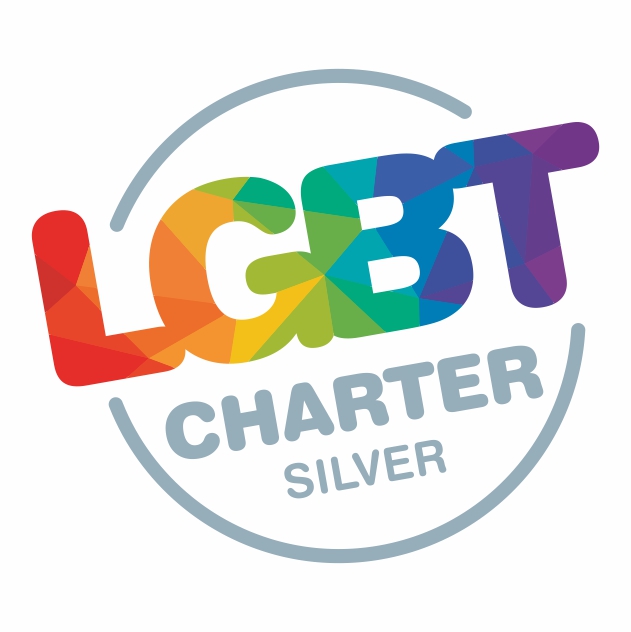Staff
- Mrs G Martin (Faculty Head Monday - Thursday)
- Mrs L Clark (DHT - Head of Lewis House )
- Mr I Bell (ICT Co-Ordinator)
- Mrs L O'Connell
- Mrs H Clarke
- Miss K Reid (PT of Developing the Young Workforce (DYW)
- Mr L Campbell (Area Cover)
- Mr M Burns (Technician)
Why choose Design and Technology?
Design and Technology helps learners develop their problem solving skills, arguably the most important trait in the workplace. In our department, pupils can choose from a variety of practical, engineering or design based subjects.
Watch the videos below to learn more.
S1 and S2
Design and Technology is delivered twice per week to all learners in S1and S2. The two sessions are split between classroom and workshop.
Workshop
Learners get to explore practical craft skills in the workshop. They will learn how to safely use various tools to cut, shape and finish various models. They will also gain insights into different materials such as wood and plastic.
Classroom
The classroom is where learners will gain an insight into 3D modelling, technical drawings, sketching and graphic design. Pupils will build 3D models, produce technical drawings and create promotional graphics of a variety of increasing challenging objects.
Design and Manufacture - N4, N5, Higher

Who is this course for?
The course is suitable for candidates attracted by the creative and practical activities required to design and manufacture commercial products. It allows candidates to be innovative and resourceful when exploring and resolving problems. The course provides a foundation for those considering further study or a career in design, manufacturing, engineering, science, marketing, and related disciplines.
The course also offers a complementary practical experience for those studying subjects in the technologies and expressive arts.
Course content
The course has two areas of study:
Design
Candidates study the design process from brief to design proposal. This helps them to develop skills in initiating, developing, articulating and communicating design proposals. Candidates explore and refine design proposals using the design/make/test process and by applying knowledge of materials, processes and design factors to reach a viable solution. This helps them to develop an understanding of the iterative nature of the design process. Candidates also develop an understanding of the factors that influence the design, marketing and use of commercial products.
Manufacture
Candidates study the manufacture of commercial products. They develop knowledge of materials, manufacturing and production processes and strengthen their understanding of how these influence the design of products. This provides candidates with the knowledge and understanding required to develop a viable design proposal for a commercial product and to plan its production.
Integrating the two areas of study is fundamental to delivering the course successfully. It helps candidates to understand the relationship between designing products and manufacturing products and it helps them to see how this connection influences a product’s lifecycle. By combining the study of design with the study of manufacturing, candidates also learn to appreciate the impact design and manufacturing technologies have on society, the environment and the world of work.
Please follow the link to find out more from the SQA Course Specification
Electronics - N4, N5

Who is this course for?
The course provides sufficient breadth, flexibility and challenge to meet the needs of all learners. It is particularly beneficial for those considering a career or further study in electronics, electrical engineering, physics, and related disciplines.
The course has a skills-based approach to learning. It takes account of the needs of all learners and provides sufficient flexibility to enable learners to achieve in different ways.
Course content
The National 5 Practical Electronics course has three areas of study.
Circuit design
In this area, candidates develop an understanding of key electrical concepts and electronic components. Candidates analyse electronic problems, design solutions to these problems and explore issues relating to electronics.
Circuit simulation
In this area, candidates use simulation software to assist in the design, construction and testing of circuits and systems and to investigate their behaviour.
Circuit construction
In this area, candidates gain experience in assembling a range of electronic circuits, using permanent and non-permanent methods. They develop skills in practical wiring and assembly techniques, carrying out testing and evaluating functionality.
Please follow the link to find out more from the SQA Course Specification
Graphic Communication - N4, N5, Higher

Who is this course for?
The course is suitable for candidates with an interest in both digital and paper-based graphic communication. It is largely candidate-centred and includes practical and experiential learning opportunities, so there is broad scope for personalisation and choice.
Course content
The course develops skills in two main areas — 2D, and 3D and pictorial graphic communication. Candidates apply these skills to produce graphics with visual impact that communicate information effectively.
2D graphic communication
Candidates develop creativity and presentation skills within a 2D graphic communication context. They initiate, plan, develop and communicate ideas graphically, using 2D graphic techniques. Candidates develop skills and attributes including spatial awareness, visual literacy, and the ability to interpret given drawings, diagrams and other graphics. They evaluate the effectiveness of their own and given graphic communications to meet their purpose.
3D and pictorial graphic communication
Candidates develop creativity and presentation skills within a 3D and pictorial graphic communication context. They initiate, plan, develop and communicate ideas graphically, using 3D and pictorial graphic techniques. Candidates develop a number of skills and attributes including spatial awareness, visual literacy, and the ability to interpret given drawings, diagrams and other graphics. They evaluate the effectiveness of their own and given graphic communications to meet their purpose.
Please follow the link to find out more from the SQA Course Specification
Practical Woodwork - N5

Who is this course for?
This course is a broad-based qualification, suitable for learners with an interest in practical technologies. It is largely learner-centred, includes practical and experiential learning opportunities and is suitable for those wanting to progress onto further levels of study or a related career.
Course content
This course develops skills in three main areas. Each area provides opportunities for candidates to understand safe working practices, sustainability issues, and good practice in recycling within a workshop environment. Each area of study covers a different set of woodworking skills. All areas include skills and associated knowledge in measuring, marking out, cutting and jointing techniques.
The areas of study are:
Flat-frame construction
Candidates develop skills, knowledge and understanding in the use of woodworking tools and in making woodworking joints and assemblies commonly used in flat-frame joinery, involving complex features. Candidates develop their ability to read and use drawings and diagrams depicting both familiar and unfamiliar woodwork tasks.
Carcase construction
Candidates develop skills, knowledge and understanding in the use of woodworking tools and in making woodworking joints and assemblies commonly used in carcase construction, involving complex features. This may include working with manufactured board or with frames and panels. Candidates use working drawings or diagrams in both familiar and unfamiliar contexts that require some interpretation on their part.
Machining and finishing
Candidates develop skills, knowledge and understanding in using machine and power tools. Candidates also develop skills in a variety of woodworking surface preparations and finishing techniques.
Please follow the link to find out more from the SQA Course Specification
Skills for Work - Engineering Skills - N5
Who is this course for?
Are you are interested in Engineering? Are you good at and do you enjoy problem solving? Do you wish to gain practical experience within the Engineering area? If so, Skills for Work: Engineering Skills Course is for you.
Course content
You will start to develop the practical skills, knowledge and understanding and employability skills needed in the engineering sector. This Course focuses on the broad areas of:
• Mechanical/Fabrication
• Electrical/Electronic
• Engineering Maintenance
• Design and Manufacture
This will allow you to gain transferrable skills that can be applied in any of the above engineering areas. The overall purpose of the Course is to make sure that you develop the practical skills, knowledge and understanding needed within this industry as well as developing the skills employers are looking. For example, team working, following instructions and working safely.
- skills in measuring and marking out timber sections and sheet materials
- safe working practices in workshop environments
- practical creativity and problem solving skills
- knowledge of sustainability issues in a practical woodworking context








